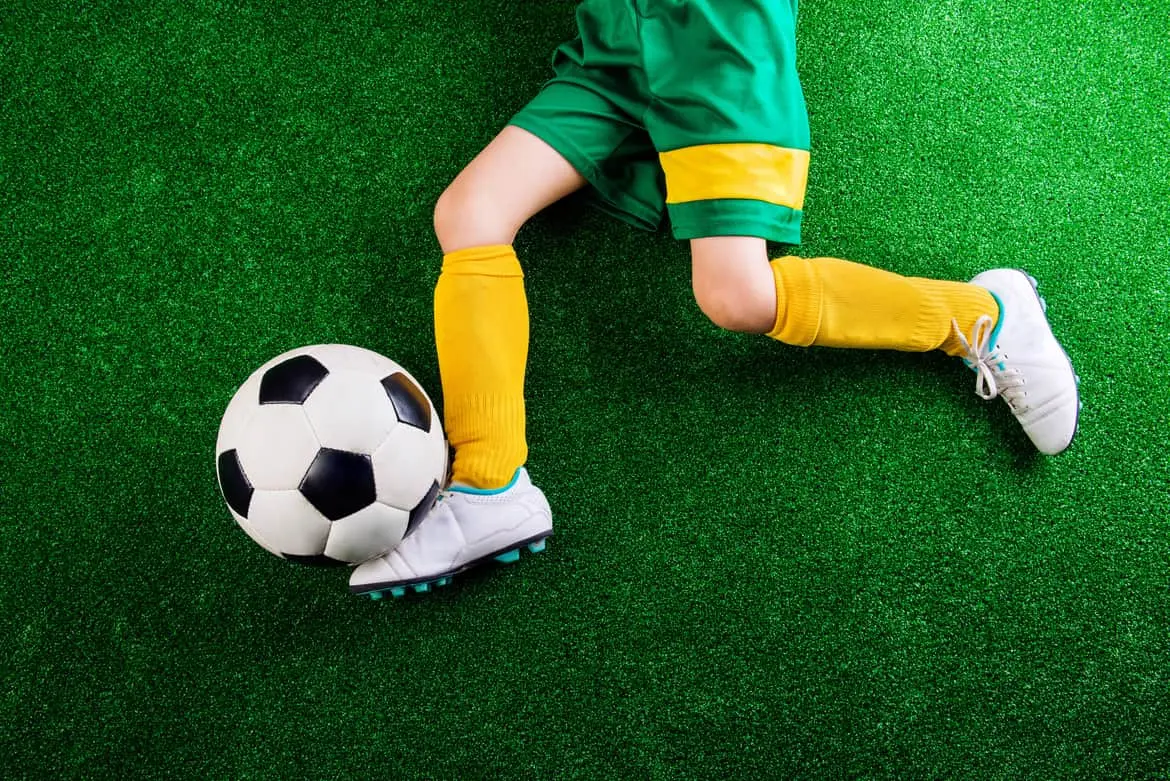Dr Lee Boon Leng Kevin
Orthopaedic Surgeon


Source: Shutterstock
Orthopaedic Surgeon
Soccer, or football, as it is known in many countries, is a team sport played by 11 players against another team of players on a field, using any part of their bodies except their hands and arms.
Soccer is mostly a safe sport, but its fast pace may often involve falls and collisions. Here's a list of the 10 most common soccer-related injuries.
Your anterior cruciate ligament (ACL) runs diagonally in the middle of your knee. It is 1 of 4 major knee ligaments made of tough fibrous material. It is an important stabiliser of your knee. ACL injuries are common soccer injuries, and tend to occur during sports that involve sudden stops or changes in direction, jumping and landing.
At the point of injury, you will usually feel a 'pop' in the knee accompanied with rapid knee swelling within the first 24 hours. You might also feel pain and discomfort while walking.
Always do warm-ups before playing. This includes stretches, strengthening exercises such as squats and lunges, and strengthening core muscles. Also do exercises to improve your balance and stability, agility in changing directions, and to jump and land safely.
The meniscus is a rubbery, C-shaped disc that cushions your knee. Each knee has 2 menisci that act as shock absorbers. The meniscus tears when the pressure outweighs the shock that the meniscus can bear.
Playing soccer on surfaces such as Astroturf and wearing shoes with smaller or less numerous studs can help prevent the foot from becoming completely planted if forced into rotation, therefore avoiding the risk of a meniscal tear.
Also known as runner's knee, the patellofemoral pain syndrome got its nickname from the stress of running. Simply put, it is pain at the front of the knee.
Remember to stretch so that the supporting structures around the front of the knee remain flexible and less likely to be irritated with exercise. Soccer players who are prone to anterior knee pain should avoid running stadium steps or hills.
Also known as jumper's knee, patellar tendonitis is an overuse injury of the tendon connecting your kneecap to the shin. It occurs during activities that exert significant stress on the knees, such as jumping and landing hard.
The best prevention measure for this type of injury is the patellar tendonitis stretch. Additionally, regularly complete stretches and strengthening exercises such as, ankle, hamstring, and hip stretches, jump rope, lunges, and squats.
Ankle sprains are among the most common injuries in soccer. Sprains range from mild to severe, depending on the damage of the ligament and the number of injured ligaments.
Replace shoes when treads or heels wear out, and do warm-ups prior to playing a game. Perform regular exercises that improve your balance, strengthen your leg, foot, hip, and core muscles, and stretch your ankles before exercising.
ITB syndrome is one of the most common overuse injuries among sports that involve running. It occurs when the iliotibial band, a big band of fibrous tissue that runs down the outside of the thigh from the hip to the knee, is inflamed.
A proper warm-up and cool down should be implemented to prevent ITB syndrome. Emphasise proper stretching before and after playing a game and prepare properly for any increase in activity volume, especially running.
Your hamstring is a group of muscles that run along the back of your thigh. They allow you to straighten and bend your leg when running or kicking a ball. During a hamstring strain, 1 or more of these muscles either stretch beyond their capacity or tear.
Warming up correctly and completely is one of the most important ways to prevent a pulled hamstring. Continue to strengthen all other muscles in the thighs, pelvis, and lower back. Stretching both before and after soccer exercise is also important. Finally, regular deep tissue sport massage can help prevent muscle strains.
The Achilles tendon is a large rope-like band of fibrous tissue at the back of the ankle that connects your calf muscles to the heel bone. When the calf muscles contract, the Achilles tendon tightens and pulls the heel. An Archilles tendon rupture refers to a complete tear of the tendon, which usually occurs about 2 inches above the heel bone.
The best prevention for this type of injury is to stretch the Achilles tendon. It is also important to strengthen and stretch calf muscles and switch up exercises to protect the Achilles tendon.
Plantar fasciitis (read 'plan-ter fas-ee-eye-tus') is the most common cause of heel pain. The plantar fascia is the flat band of tissue that connects your heel bone to your toes. It supports the arch of your foot.
A soccer cleats (shoes) with good arch support will help prevent plantar fasciitis. Proper orthotics can also be used for soccer players with low arches. Flexible calf muscles can help reduce the risk of injury. Additionally, when practising on a turf surface, use turf shoes instead of cleats.
A groin strain is a tear or rupture to any of the abductor muscles in the buttock and outer hip, resulting in pain in the inner thigh. Groin injury ranges from mild to severe conditions, which can be completely debilitating.
Do static and dynamic warm-up exercises before workouts and games. Use a foam roller to relieve muscle tightness and promote blood flow. Perform adductor strength training several times a week and finally, keep performing drills all year round so your body is always prepared for activity.